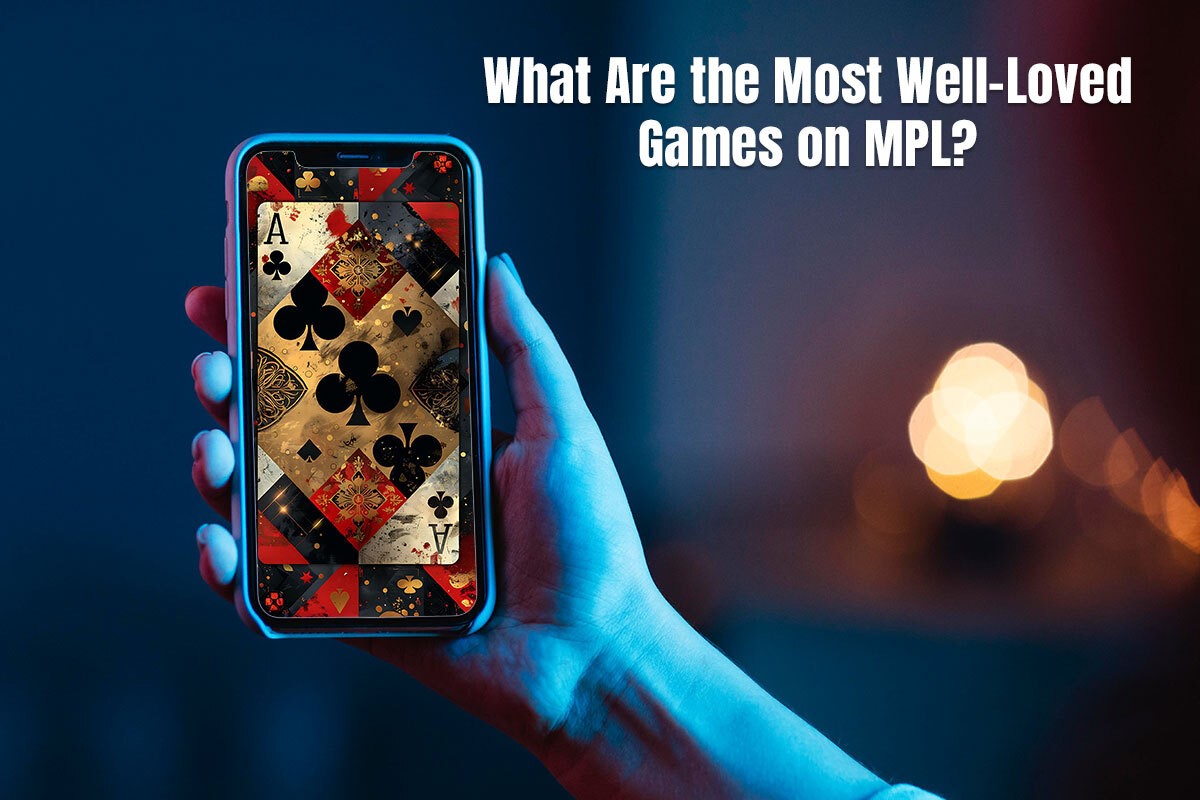At a recent innovation conference, Marketing Evolution CEO Rex Briggs presented some new findings and discussed rapidly developing analytic capabilities. Briggs’ presentation, entitled “Accelerating the Transformation and Innovation of Marketing,” focused on new research that shows how mobile fits into the broader marketing mix.
The research, initiated by the Mobile Marketing Association in collaboration with several partners, included brands such as AT&T, Coca-Cola, and more.
The bottom line? Moving to mobile makes sense.
Briggs presentation argued that most marketers consider mobile “a second screen” or a “hybrid of local and digital” — but he says these views are wrong.
Mobile, Briggs argued, is a catalyst for:
- A new relationship with customers
- Hyper-local, context aware marketing
- Big Data powered, one-to-one marketing
- Real-Time, agile marketing
“Briggs showed the meaning behind the buzzwords by demonstrating the ROI Brain software,” according to a statement from Marketing Evolution. “Marketing Evolution’s ROI Brain is a cloud computer algorithm that analyzes billions of data points from consumer confidence trends, gas prices, weather, housing starts, Twitter, Facebook, Google search trends and more.”
In addition, Marketing Evolution incorporates a proprietary methodology of surveys to tens of thousands of consumers, who give double opt-in permission for all their sales, media patterns, ad exposures, social media likes, demographics, and other profile data to be recorded along with their brand perceptions and purchase intentions.
Briggs illustrated for conference attendees how they can upgrade all of their marketing initiatives — both online and offline. Using case studies, he showed how any major marketer can feed its marketing budget into the software to predict how much their sales, profit, and ROI would increase by changing media mix and approach to a more real-time and hyper-local approach to consumers.
To view a four minute video summary of Briggs’ presentation, click here.



